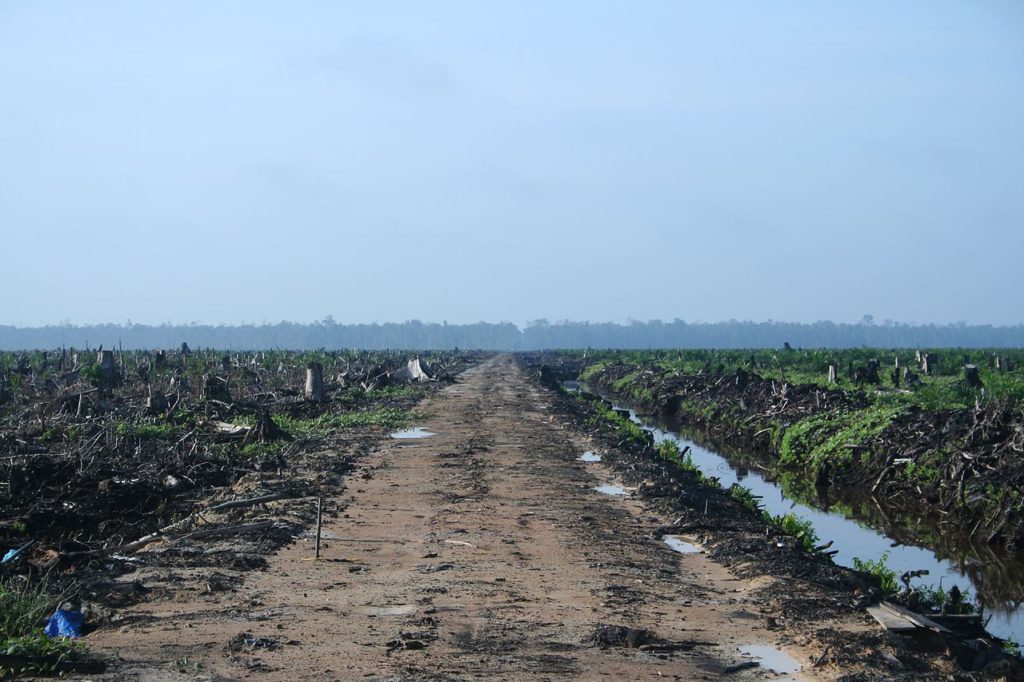
More than half the tropical deforestation caused by industrial mining in the last two decades took place in Indonesia, according to a new study.
The researchers, whose paper was published Sept. 12 in the Proceedings of the National Academy of Sciences (PNAS), overlapped the geographic coordinates of industrial mines with forest loss data from 2000 to 2019, focusing on 26 countries.
They found that just four countries — Indonesia, Brazil, Ghana and Suriname — accounted for 80% of tropical forest loss due to industrial mining.
Forests are a powerful ally in the struggle against climate change. They soak in 29% of the carbon dioxide humanity emits every year, preventing the atmosphere from warming even faster than it already is. Tropical deforestation gnaws away the planet’s own ability to maintain that balance.
Across Indonesia, some 1,901 square km (734 square miles) of forest were cut down to make way for industrial mining – an area three times the size of capital Jakarta. The expansion of coal mines on the island of Borneo was the main driver.
In Brazil, it was iron ore and gold. In Ghana and Suriname, bauxite and gold. Areas of forest surrounding industrial mines also experienced higher rates of loss, the study found, as newly-built roads made new areas of forest accessible.
Though forest loss due to industrial mining accounts for a tiny fraction of overall deforestation and peaked between 2010 and 2014 in Indonesia, Brazil and Ghana, surging demand for metals crucial to renewable energy and electric vehicles could pose new risks, the researchers said.
“One of the risks is the energy transition simply moves pressure on forests in areas where coal is located to those areas where transition minerals are located,” Anthony Bebbington, a professor at Clark University’s Graduate School of Geography and corresponding author of the study, said in an interview.
For instance, the cobalt-rich forests of the Democratic Republic of Congo in Africa have already come under pressure, he said. Indonesia, with its abundant nickel and copper deposits, is once again at risk, he added.
(By Sheryl Tian Tong Lee)
Comments